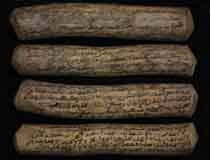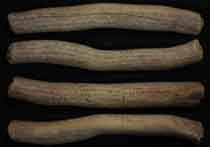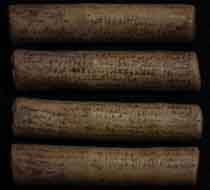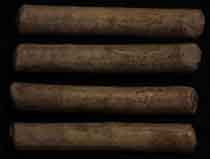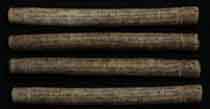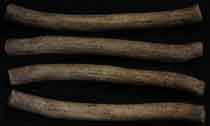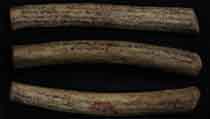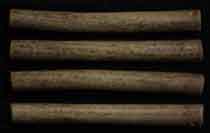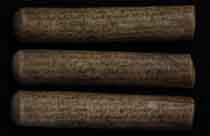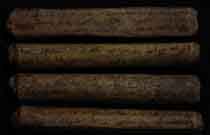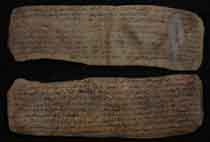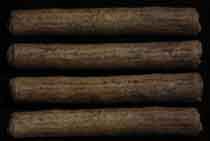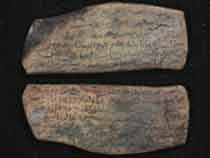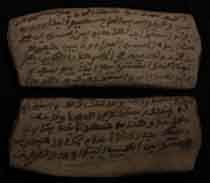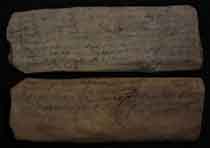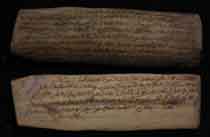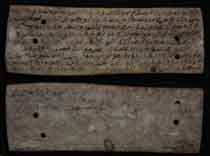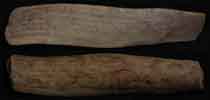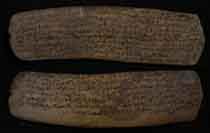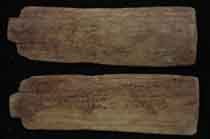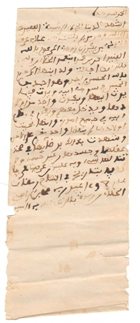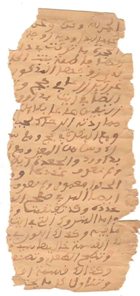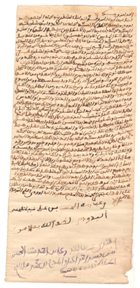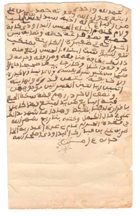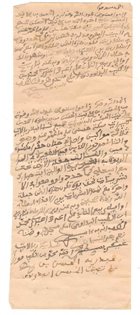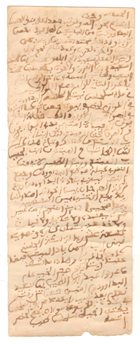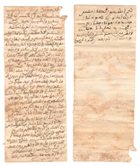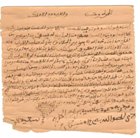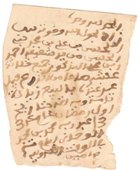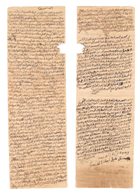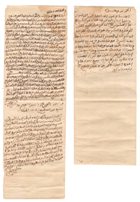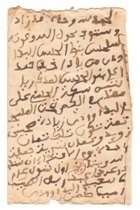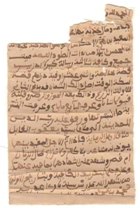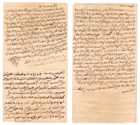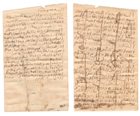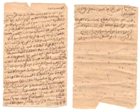|













|
Catalogue of the Oasis Museum, halls 13 & 14:
The barn
The harvests of grains are stored in barns to keep them safe throughout the year and to prevent someone from stealing them.
Inside ksars, there is a little barn in each house.
In some villages which have no walls, a fortified community barn gives security to the families who live there. Sometimes this
building is placed under the symbolic protection of a shrine.
Nomad tribes had also long ago hidden barns on top of some gullies in the Great Atlas Mountains. |
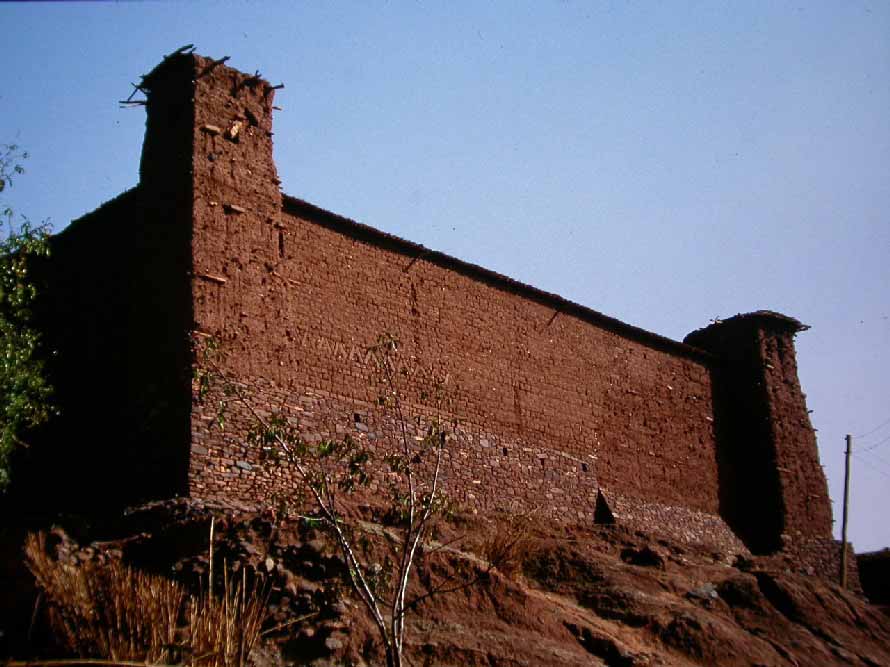
Barn of Ighrem n’Ougoudal
Photo: Roger Mimó, 1998.
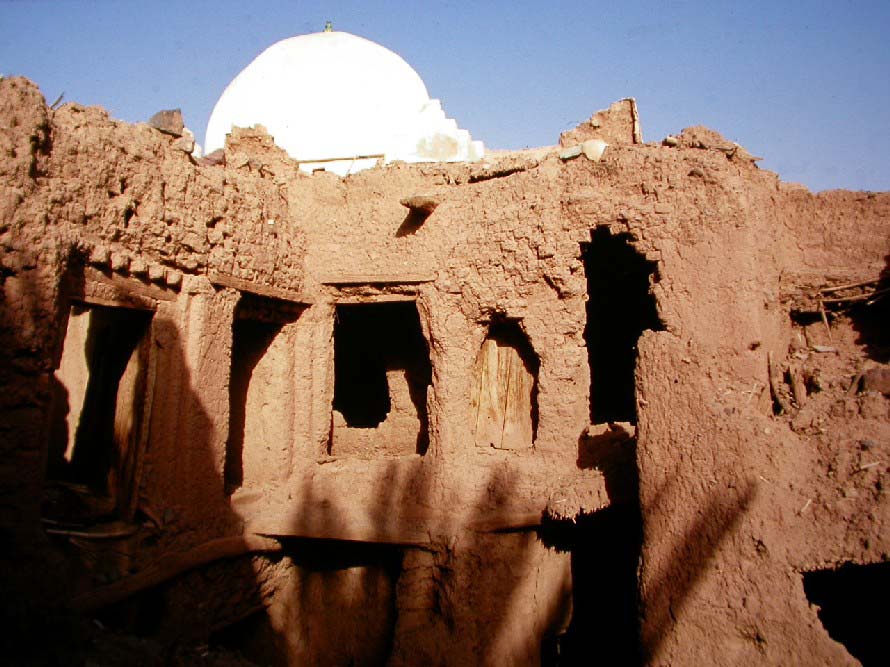
Barn with shrine in Tazentout (Ouarzazate)
Photo: Roger Mimó, 1998.
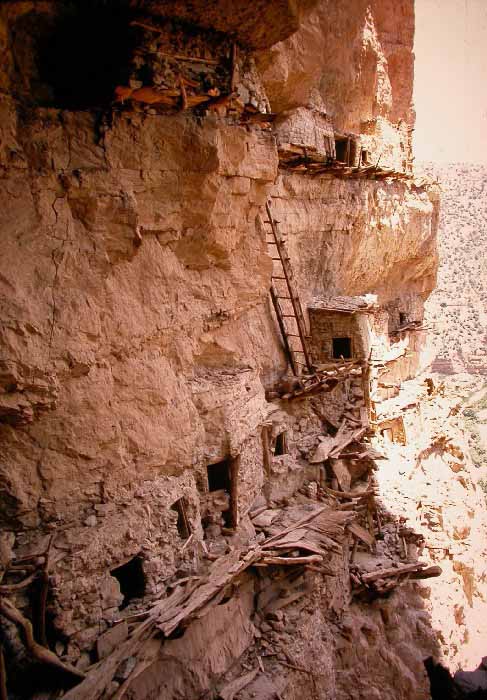
Gully barn of Ighrem n’Ouchtine, Assif Melloul (Gran Atlas)
Photo: Roger Mimó, 1992

Gully barn of Aoujgal (Gran Atlas)
Photo: Roger Mimó, 1991
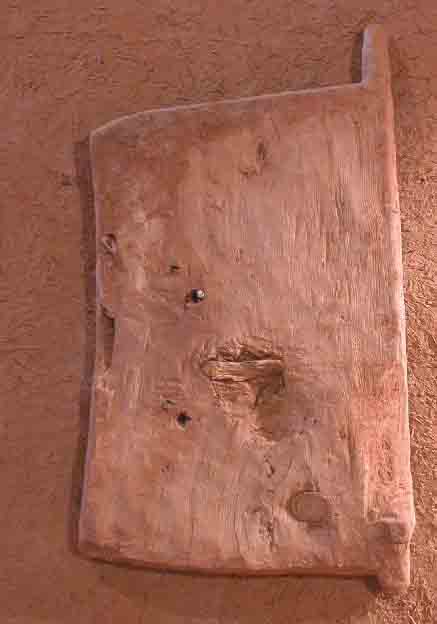 |
Thuya wood door of a barn
Origin: Ighrem n’Ouchtine (Assif Melloul). Ref. 489.
|
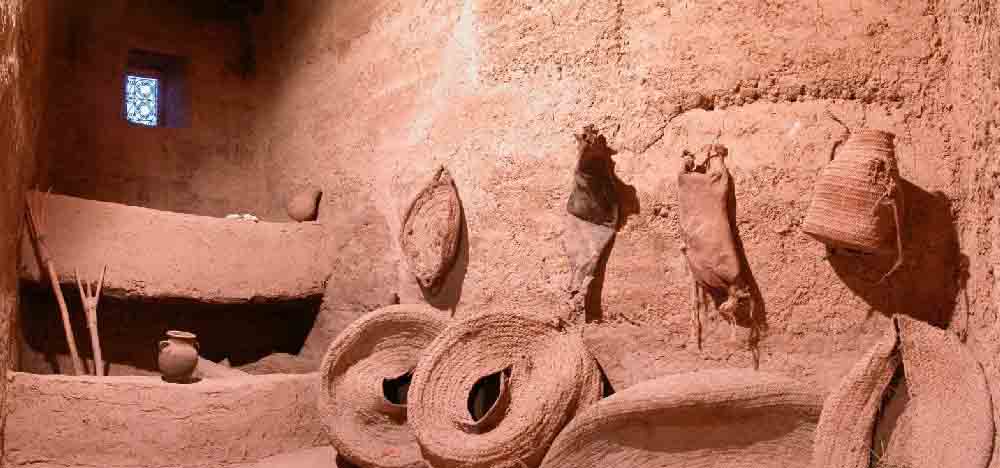
Home’s barn
This barn was a room in the house occupied now by the Oasis Museum
Detail of the objects that are into the barn:
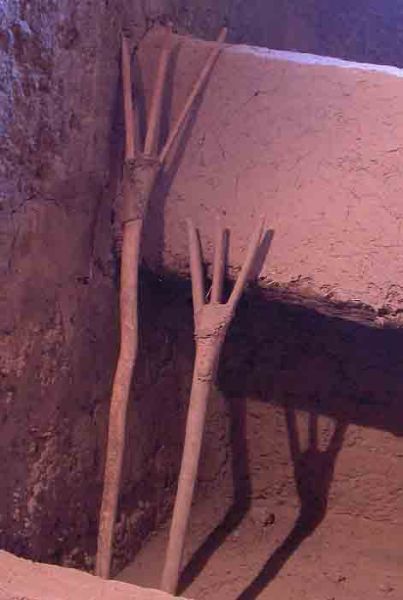 |
Sorters to separate grain from straw
Origin: Ferkla, 20th century. Ref. 490/491.
|
Containers for transport of grain:
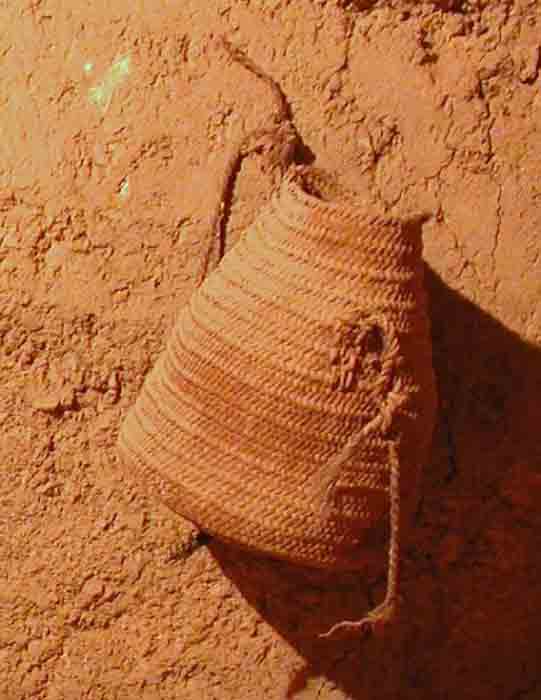
Origin: Ferkla, 20th century. Ref. 492.
|
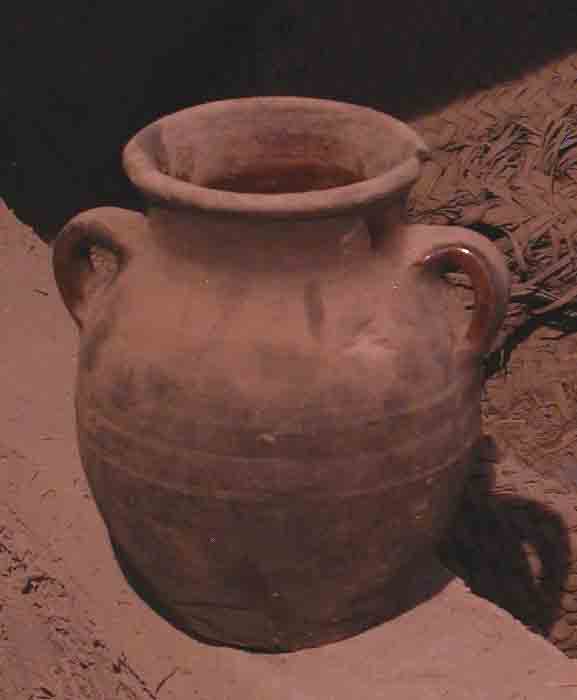
Origin: Ferkla, 20th century. Ref. 493.
|

Origin: Ferkla, 20th century. Ref. 494.
|

Origin: Ferkla, 20th century. Ref. 495.
|
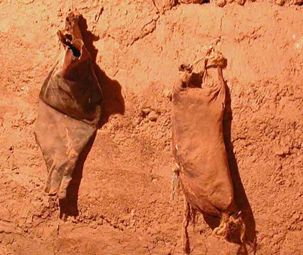
Origin: Ferkla, 20th century. Ref. 496/497. |

Origin: Ferkla, 20th century. Ref. 498 a 501. |
Documents found in the barn of Agadir Tizza n’Ikhoulan (Anti-Atlas), given by
Marokko Erfahren:
LOUH: documents wrote on wood
Beginning of 20th century. Ref. 1023 to 1053.
Documents wrote on paper
Beginning of 20th century. Ref. 999 to 1022.
See other sections:
© Maison d’Hôtes El Khorbat s.a.r.l.








|





















